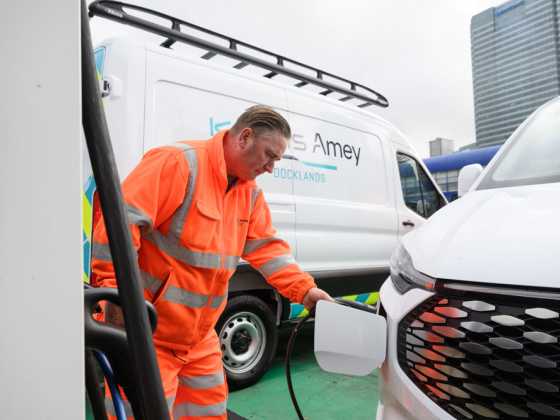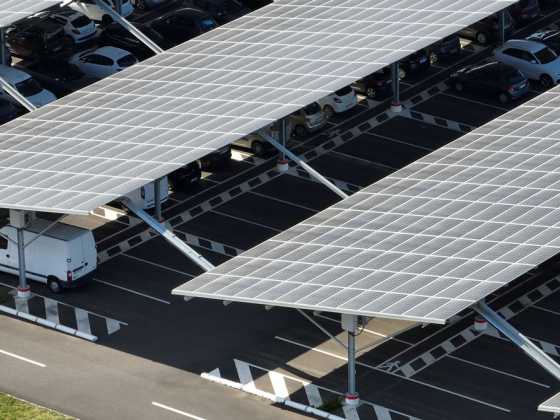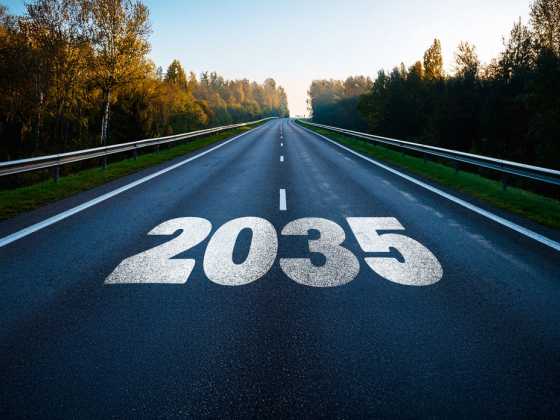Andy Eastlake: Twenty years of ‘Powering Future Vehicles’ together

Time seems to march on ever faster, but a significant anniversary has given me cause to reflect (if not really time to pause!).
This year our partnership – formerly LowCVP, now Zemo – has been around for twenty years.
The Low Carbon Vehicle Partnership became an entity in 2003. Its formation was announced in the 2002 ‘Powering Future Vehicles Strategy’. Then Prime Minister Tony Blair wrote the foreword to the report which introduced the strategy. It announced the formation of a Ministerial Low Carbon Group to oversee the delivery of the low carbon agenda and to report annually to Parliament.
The Prime Minister wrote: “Successful change depends also on the UK vehicle and fuel industries, consumer, environmental and other stakeholders. So I attach particular importance to the Low Carbon Vehicle Partnership announced in this document. I wish them every success in their work as we move towards a low carbon transport system. Britain needs a modern transport system. But we also need to embrace fully our environmental responsibilities. It is the job of us all to get that balance right.”
So that was where it all started, under the able leadership of launch director Professor Jim Skea.
I was involved from the beginning as a founding Board member of LowCVP and chair of its members council. Over a decade ago, I became the Partnership’s managing director and, now, CEO.
In the Powering Future Vehicles Strategy, the Government set challenging targets for reductions in average new car CO2 emissions, plus stretching targets for low carbon buses.
In 2003, there were almost no electric cars on the road; the first mild hybrid – the iconic Toyota Prius – had been introduced a few years earlier, and cars – or buses - with plugs were nowhere to be seen. In 2003, average new car CO2 emissions were around 170g/km.
The average new car sold in 2010 had CO2 emissions about 20% lower than a decade earlier and emissions went on falling - to a low of about 120g/km by 2016. We were getting close to the technical limits for ICE cars, but soon after that electrification really began to take off.
The Partnership – as LowCVP – was heavily involved in initiatives such as the introduction of the new car fuel economy label which played a key role in communications with vehicle buyers; an important element of the transition in the car sector.
LowCVP was very heavily involved, too, in policy implementation in the bus sector helping the Government to design and introduce a series of low (then ultra-low) emission bus funds which effectively kick-started the UK market for low - and later, ultra-low and zero - emission buses. The UK has been the leading European market for battery electric buses in the decade to 2022 with a total of 4,152 vehicles registered last year.
Now – as fleet buyers well know - electrification is in full spate in the car and van markets as well as buses and the momentum is unstoppable. We’re making serious inroads, too, into the commercial vehicle sector, though some heavier, long-distance vehicles are harder to electrify. Today, fleet buyers are choosing cars that emit, on average, 20% less CO2 than the private market, clearly leading the charge.
So we’re well advanced in our journey on the road to zero and I’ve enjoyed the opportunity to reflect that Zemo Partnership has been a central player in helping deliver the progress we’ve seen over the last two decades.
We’re planning an anniversary event to celebrate the progress we have made together over the last 20 years in decarbonising road transport, and for us to look forward to a zero emission mobility future.
Do join us at Zemo’s 20th Anniversary Conference, to be held in City Hall, London on Clean Air Day, June 15.






